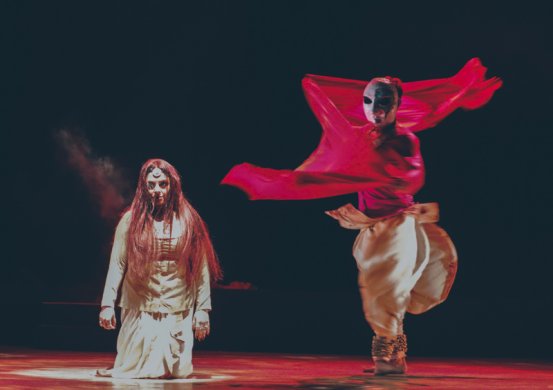Looking across the board at the performing art treatises ascribed to the late first and early second millennia - such as Abhinaya Darpana by Nandikeswara, Dasarupaka by Dhananjaya, Manasollasa by Someswara, Brihaddesi by Matanga, Nrittaratnavali by Jayasenapati, in that order, among others -- some scholars believed that the Desi (regional) tradition differs from the Marga (classical) in two major ways. One, by putting its emphasis on the style of presentation rather on the context of the composition, and second, by concentrating on the use of more demonstrative, even acrobatic movements. This deems that Marga aspires to be spiritual, transformational or metaphysical experience, whereas Desi is aimed at entertaining. Single codification of dances has tapered down due to ruling kings and temples that dictated what was pure and could be sanctified. But 'regional' is not an antonym to the words 'pure' or 'path'. Desi signifies all aspects of art that are not intentionally created but are rather products of human evolution. It is mostly a naturally-evolved practice, both ritualistic and entertaining in nature. Adhering to this definition, Marga is a consciously created and learnt art. It is only in the later parts of 20th century that their connotations took another turn as 'folk' and 'classical'.
Read more in the site

No comments:
Post a Comment